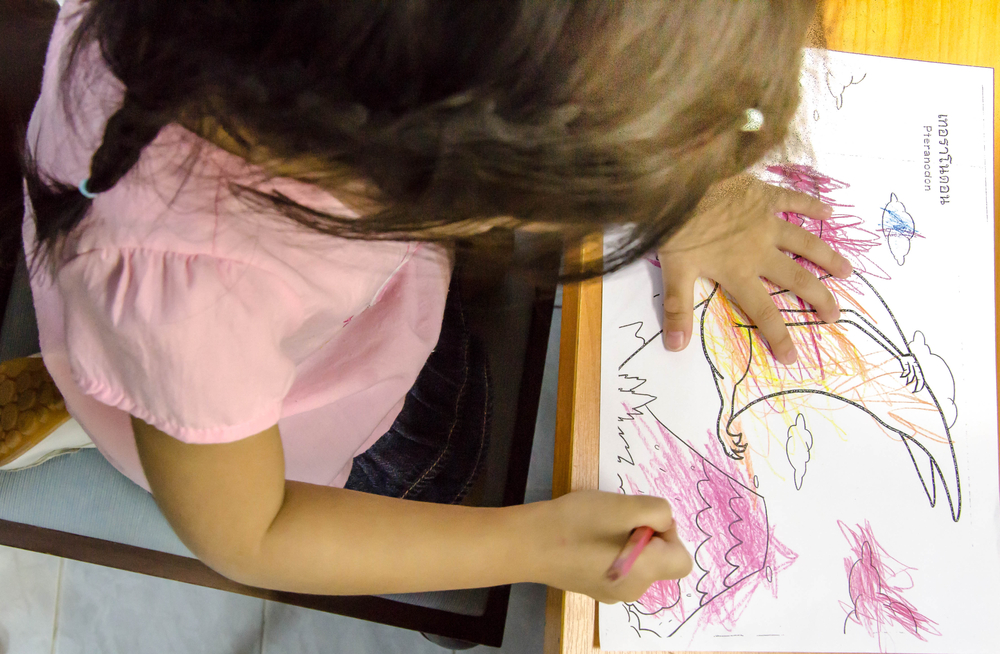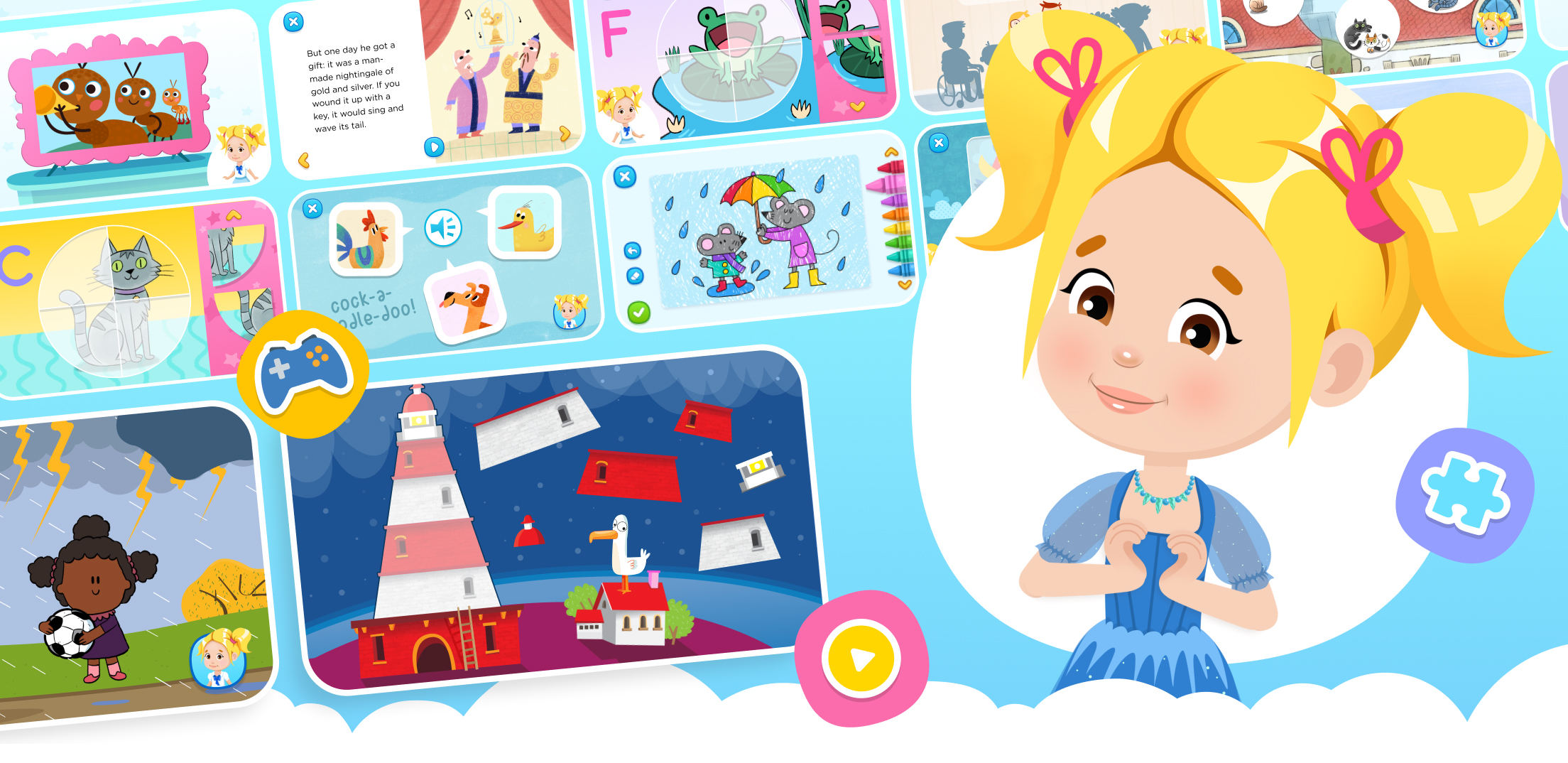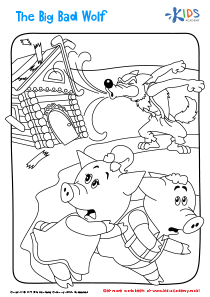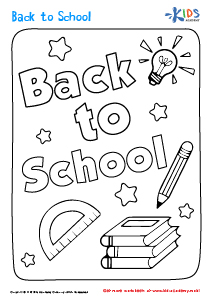Reading comprehension Vocabulary Coloring Pages Worksheets for Ages 5-8
4 filtered results
-
From - To
Enhance your child's reading comprehension skills with our engaging Vocabulary Coloring Pages Worksheets, designed specifically for ages 5-8. These worksheets combine the joy of coloring with vocabulary building, making learning fun and interactive! Each page features captivating illustrations that correspond to essential vocabulary words, allowing kids to explore language while expressing their creativity. As they color, children will reinforce their understanding of word meanings and improve retention, fostering a love for reading in a playful way. Perfect for at-home learning or classroom activities, these resources are a delightful way to support literacy development. Start your little one's educational journey today!
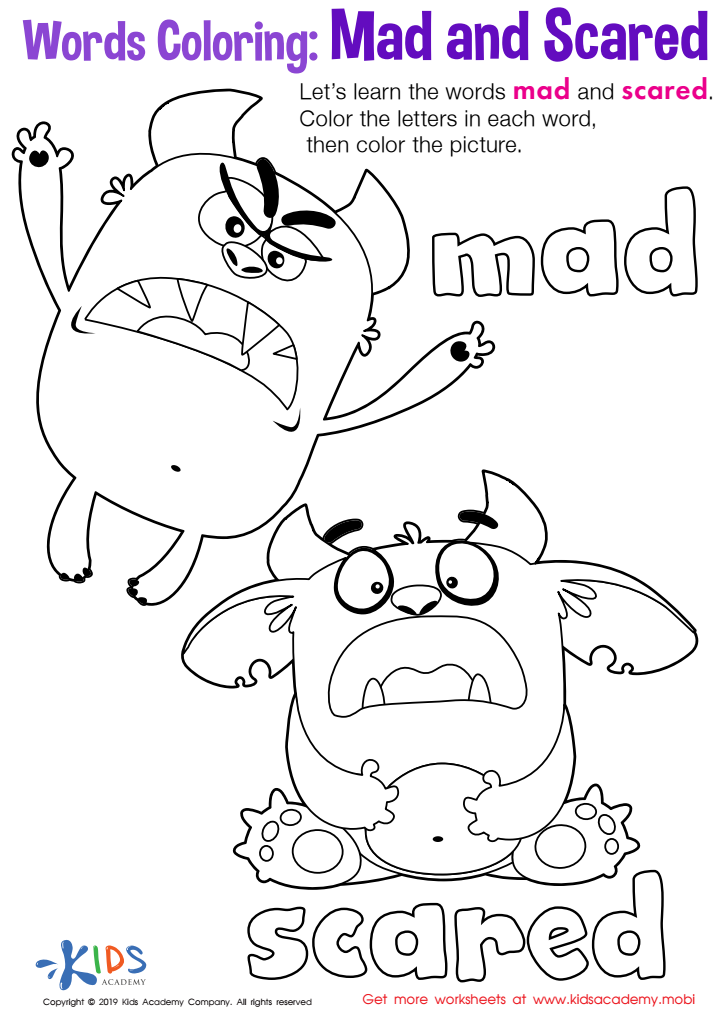

Mad and Scared Words Coloring Worksheet
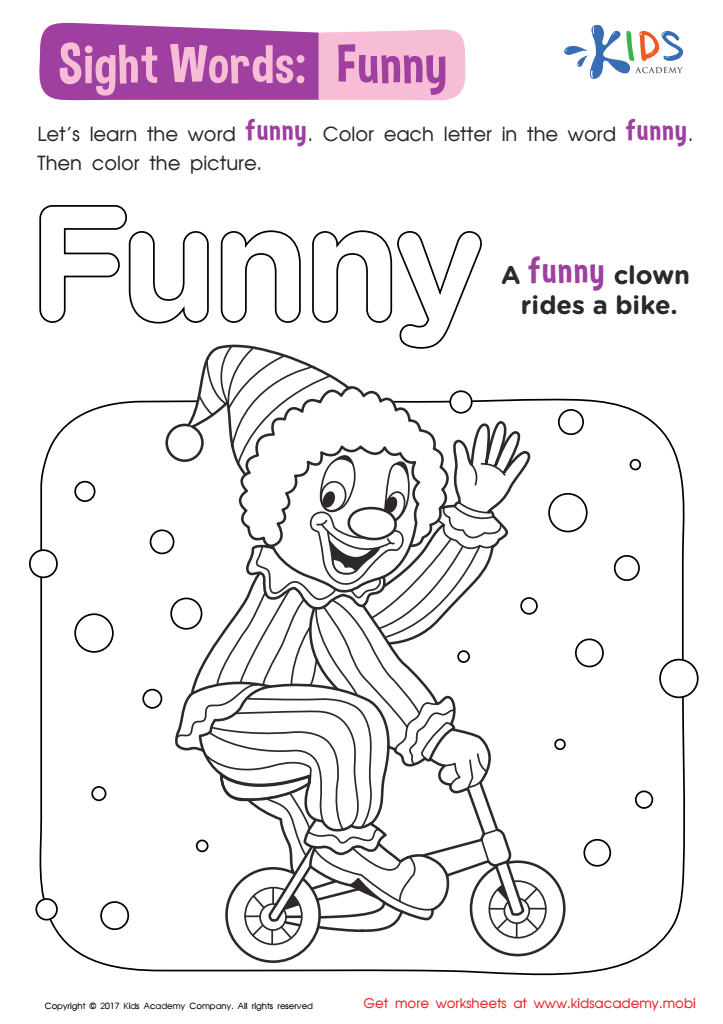

Funny Worksheet Sight Words Worksheet


Long and Short E Worksheet
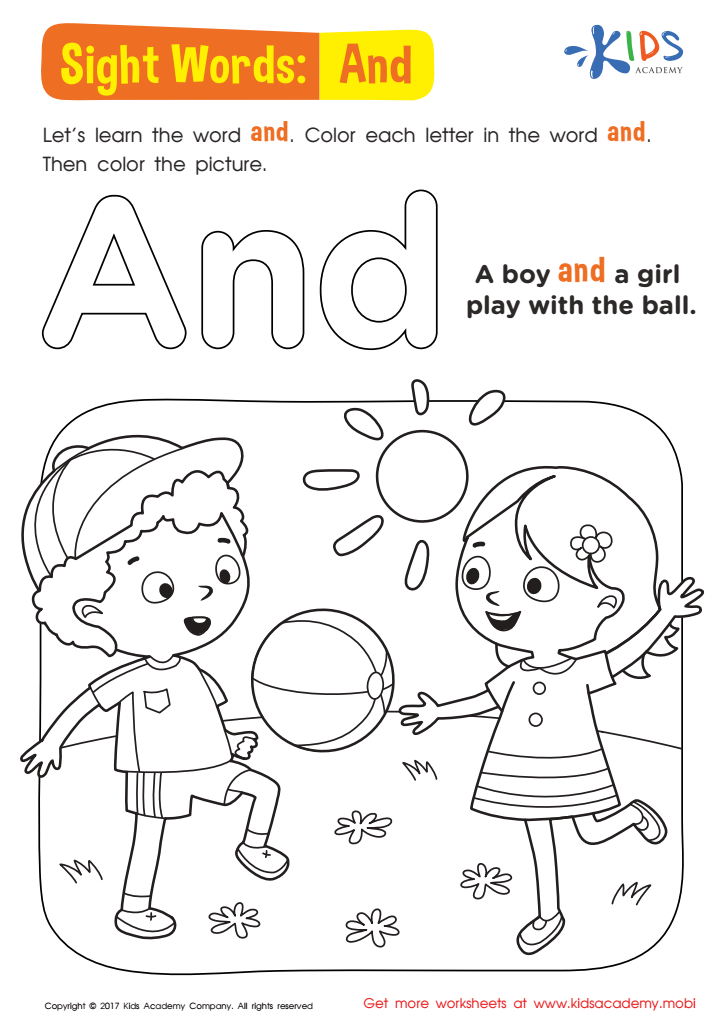

And Worksheet Sight Words Worksheet
Reading comprehension and vocabulary are fundamental skills that significantly influence a child's academic success and lifelong learning. Incorporating coloring pages targeted at ages 5-8 serves as an engaging resource to reinforce these skills in a playful manner. Parents and teachers should care about these tools for several reasons.
Firstly, coloring pages promote literacy by allowing children to associate words and concepts with visual elements, enhancing memory retention. As children color in images related to specific vocabulary words, they engage more deeply with the material, leading to better understanding and recall. This creative approach makes learning enjoyable, reducing anxiety associated with traditional study methods.
Secondly, vocabulary development is critical during ages 5-8 as children begin to read independently. Exposure to new words within a captivating context increases language acquisition and encourages expressive skills. Coloring pages can easily be incorporated into lessons, making vocabulary practice both fun and effective.
Lastly, these activities foster fine motor skills, important for writing readiness. By blending art with literacy, parents and educators are encouraged to create comprehensive, engaging learning experiences that can significantly enhance reading comprehension and vocabulary skills, ultimately providing a strong foundation for future learning.

 Assign to My Students
Assign to My Students






